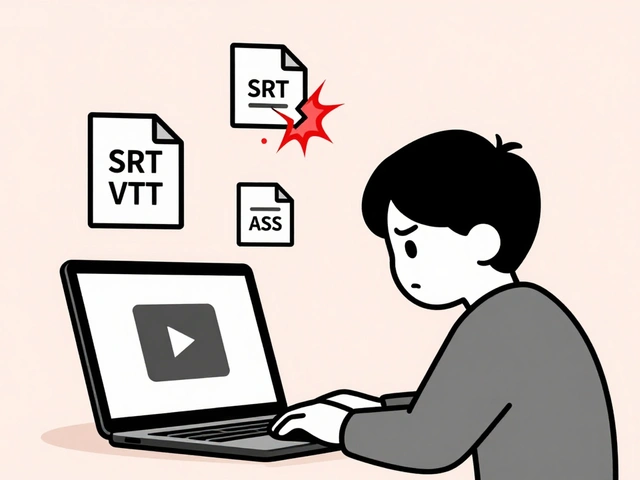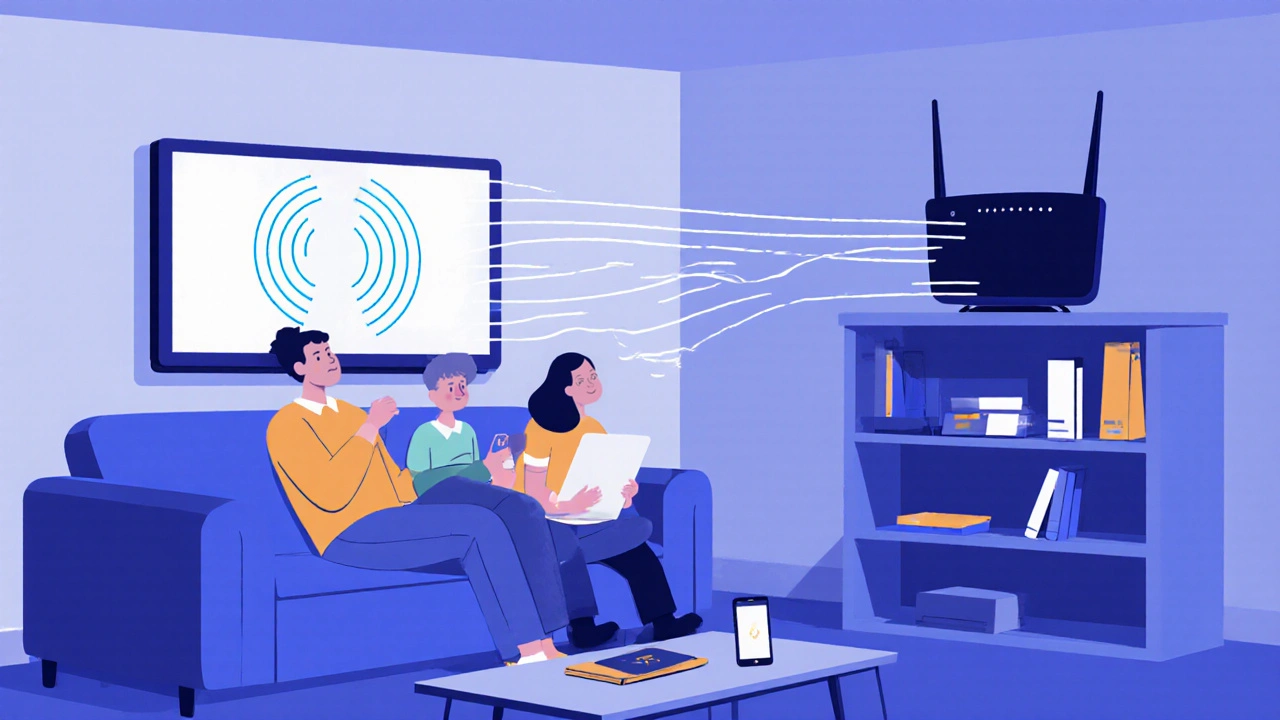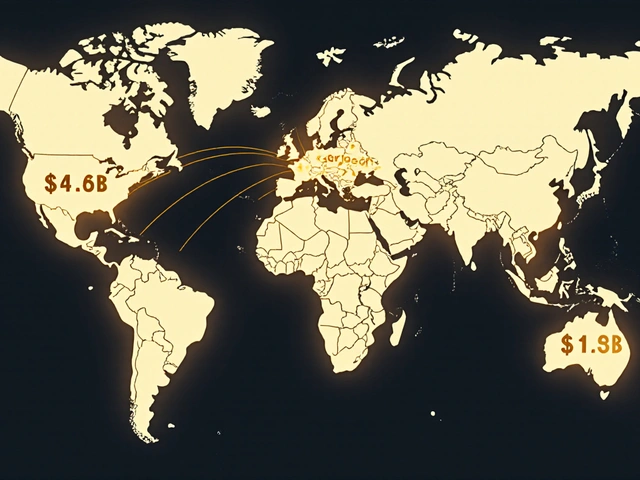Wi-Fi 7: What It Is, How It Works, and Why It Matters for Streaming and Video
When you think about Wi-Fi 7, the latest generation of wireless networking technology that delivers faster speeds, lower latency, and better performance in crowded environments. Also known as 802.11be, it’s not just an upgrade—it’s a redesign that finally catches up to how we actually use video today. If you edit 4K footage on a laptop, stream live from your living room, or have five devices fighting for bandwidth while the kids are on Zoom, Wi-Fi 7 isn’t optional anymore. It’s the difference between buffering mid-take and hitting record without a second thought.
Wi-Fi 7 builds on what Wi-Fi 6 did right but adds real muscle. It uses multi-link operation, a feature that lets your device send and receive data over multiple Wi-Fi bands at once—like having three lanes on a highway instead of one. That means your video editor can download a 50GB project from your NAS while your smart TV streams 8K and your phone syncs backups—all without slowdowns. It also supports 4096-QAM modulation, a smarter way to pack more data into each signal, giving you up to 40% more speed than Wi-Fi 6, even on the same router. And if you’ve ever lost connection during a Zoom call because the neighbor’s baby monitor jumped on the 2.4GHz band, Wi-Fi 7’s automatic channel width switching, which dynamically picks the cleanest frequency will feel like magic.
For video creators, this isn’t just about speed—it’s about reliability. Editing software like DaVinci Resolve needs constant access to large files. Live streamers can’t afford lag between mic input and broadcast. Even smart cameras and wireless microphones benefit from the reduced latency. Wi-Fi 7 doesn’t just make things faster; it makes them predictable. That’s why you’ll see it in high-end editing rigs, professional streaming setups, and even mid-range routers by 2025. It’s not about having the latest gadget—it’s about removing friction from your workflow.
What you’ll find in the posts below isn’t a list of routers or specs. It’s how Wi-Fi 7 connects to the real world of video—how it affects your streaming apps, your editing hardware, your home network, and even your decision to upgrade or wait. You’ll see how it plays into data saver modes, why your Netflix buffer might disappear, and whether your current setup is holding you back. No fluff. Just what matters when your next video depends on a stable connection.
16
Wi-Fi 6 and Wi-Fi 7: Do You Need Newer Routers for Streaming?
Wi-Fi 6 and Wi-Fi 7 improve streaming quality and reduce buffering. Learn whether upgrading your router is worth it for 4K and 8K content, smart homes, and fast internet plans.
Latest Posts
Popular Posts
-
 Data Management: DIT, Backups, and Archival Best Practices for Video Teams
Data Management: DIT, Backups, and Archival Best Practices for Video Teams
-
 App Layout Strategies: Organize Streaming Services by Genre and Use
App Layout Strategies: Organize Streaming Services by Genre and Use
-
 Paramount+ with Showtime vs. Peacock Premium vs. ESPN+: Which Sports Add-On Fits Your Viewing Habits?
Paramount+ with Showtime vs. Peacock Premium vs. ESPN+: Which Sports Add-On Fits Your Viewing Habits?
-
 Why Subtitles Aren't Working: Fix Common Video Text Issues
Why Subtitles Aren't Working: Fix Common Video Text Issues
-
 Breakout Indies at the Box Office: How Word-of-Mouth Made These Films Blockbusters
Breakout Indies at the Box Office: How Word-of-Mouth Made These Films Blockbusters



